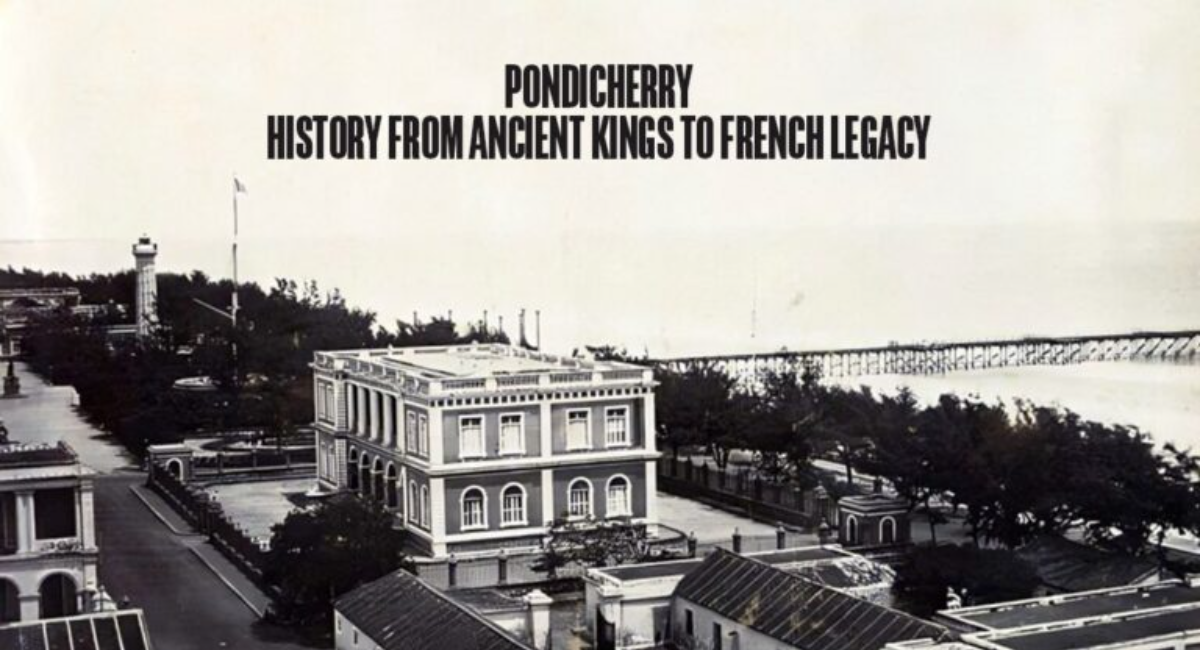Pondicherry History From Ancient Kings to French Legacy
An Overview of Pondicherry’s Historical Evolution
Throughout its history, Pondicherry has seen several events. Three parts can be distinguished in Pondicherry’s relevant history: ancient history, medieval history, and contemporary history. It is stated that during its ancient era, Pondicherry was ruled by the Pallava dynasty. It was ruled by the Cholas and the Pandyas during the Middle Ages. The Sultans of Bijapur dominated it during contemporary times, but after the French colony was founded, this location gained prominence and significance, giving this union area a completely new social, political, and economic history.
An Overview of Pondicherry’s Historical Evolution
| S.No. | An Overview of Pondicherry’s Historical Evolution |
|---|---|
| 1 | The Three Eras of Pondicherry’s Past |
| 2 | Medieval History |
| 3 | Pondicherry’s Chola Dynasty History Source |
| 4 | Pondicherry’s History of French Domination |
| 5 | Plan Your Historic Escape to Pondicherry |
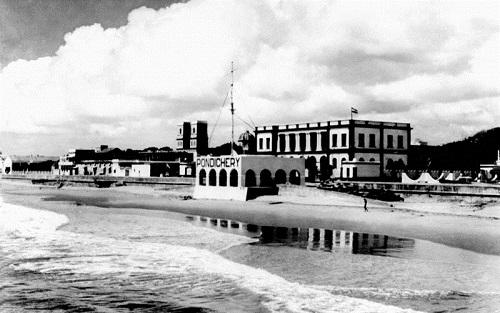
The Three Eras of Pondicherry’s Past
Ancient Times
A place that had always experienced commercial development before any of India’s other major cities or towns was Pondicherry. Located seven kilometers from Pondicherry, the Arikademu district was reportedly on strong trading terms with the Romans during the first century. It was among the nation’s top and expanding trading hubs. Archaeologists think Poduca is a reference to Pondicherry, and Roman writings mention ‘Poduca’ as a developing commercial hub on India’s east coast. The Pallavas controlled Pondicherry in the fourth century. The academic background of the area at the time is depicted by Sanskrit University, which is referenced on the Bahur plates. Agastya, a very intelligent saint, established an ashram in this area of Pondicherry, according to texts on the Vedhapuriswara Temple.
Contemporary History
The Sultan of Bijapur then governed the area. This was the start of Pondicherry’s modern history. He reigned until AD 1638.
Beginning with the beginning of the 16th century, foreign nations began to exert influence over the region. For a very long period, it has been a significant port and an active participant in maritime activity.
Everyone, from the Portuguese to the Dutch to the Danes to the English, started establishing colonies in this area after realizing the significance of the east coast of India. The region’s economy and business sector grew quickly as a result of the growing foreign influence.
Ancient Times and the Birth of Trade
Trading centers were originally established in the area by the Portuguese, then by the Danes and the Dutch in Poto Novo and Cuddalore.
The Gingee kings invited the French to establish colonies and start trading in Pondicherry when they lost faith in the Portuguese.
In Pondicherry, churches and forts were built, and the area’s architectural style quickly expanded. In 1954, Pondicherry became a union territory of India, marking the end of modern history.
After talking about the three main eras, let’s go into the specifics of the kings who ruled Pondicherry at one stage and played a big role in its history.
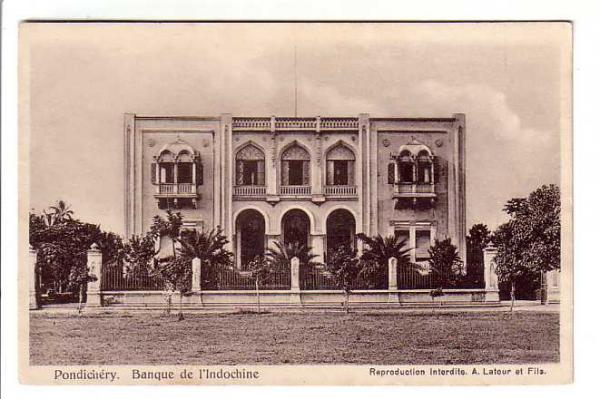
Medieval History
Throughout Pondicherry’s medieval history, a number of rulers have come and gone.
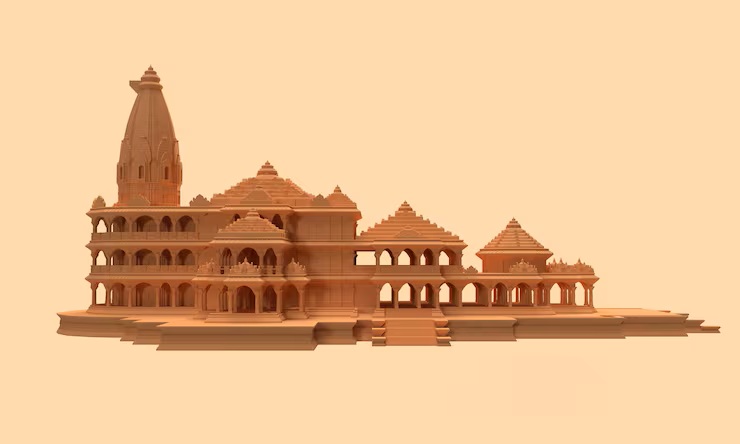
Pondicherry’s Chola Dynasty History Source
Following their victory against the Pallavas in the eleventh century, the Cholas began to dominate Pondicherry. They ruled over the eastern region of India from the city of Nellore to Pudukottai on the Coromandel Coast.
The Cholas gained dominance under the rule of King Aditya I. Conflicts between the Cholas and the Pandyas, a rising force in South India, were ongoing.
Under King Rajaraja, who governed the area from 985 to 1014 A.D., the Chola dynasty flourished. During his rule, he overthrew many empires. The Chalukyas and Cholas engaged in a number of battles.
One of the conflicts in 1052 claimed the king’s life. In South India, the Vijayanagara Dynasty followed the Cholas.
But the Pondicherry area was occupied by the Pandyas. The socioeconomic circumstances of Pondicherry’s medieval past were significantly shaped by the Cholas.
The Pandyas’ rule
In the thirteenth century, the Cholas lost control of Pondicherry to the Pandyas.
Since the early seventh century, the Pandyas have influenced the Deccan region of South India.
The reign of King Kandungori began. The Pallavas and Pandyas clashed with one another. The Pandyas overthrew the Pallavas in the ninth century.
But in the thirteenth century, under Jalavarman Sundara Pandya’s rule, the Pandyas seized South India and the Cholas seized Pondicherry. Because of the monarch’s rule, the kingdom began to deteriorate.
The Muslim rulers exploited these internal issues to seize control of parts of South India.
In the sixteenth century, the Pandyas joined the Vijayanagara Empire. But the Pandyas’ dominance came to an end when the Vijayanagara empire grew.
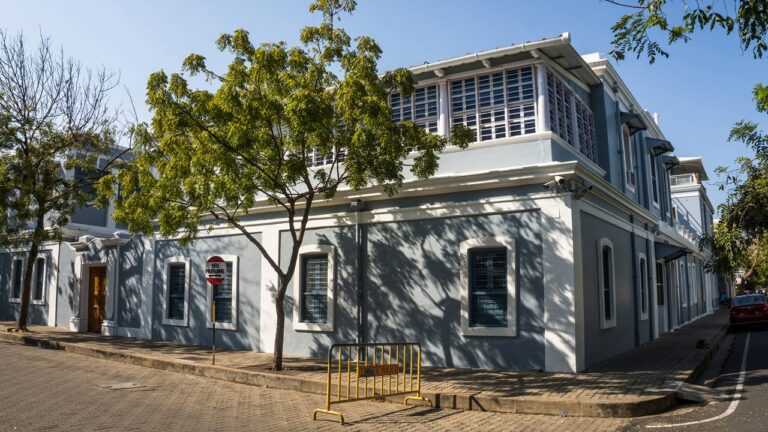
Pondicherry’s History of French Domination
After Bellanger, a French officer, constructed his home in Danish Lodge, which was a part of Pondicherry, French rule began in the 17th century. The French were asked to establish commercial units in the area by the Gingee rulers. In 1674, Francois Martin served as Pondicherry’s first governor. His persistent work improved the area and aided in its development as a new commerce hub.
The Dutch took over Pondicherry in 1693. But in 1699, Pondicherry fell under French power following an agreement between Holland and France. The French and the English were involved in several conflicts. In 1760, Pondicherry was taken over by the British, who then demolished it with their force.
Following the signing of a peace treaty between the English and the French in 1765, Pondicherry was given back to the French. After Pondicherry became a union territory in 1954, the French remained in charge of the area until 1816.
Portuguese, Dane, Dutch, and English Influence
The first people to settle in Pondicherry were the Portuguese. In the sixteenth century, they established a factory, which was closed a century later.
The Portuguese were forced to leave the area after the Gingee rulers, who had originally asked them to establish trade in the area, lost faith in them. The Dutch and Danes established trading hubs in Cuddalore and Porto Novo after the Portuguese.
But as long as the English and French were in Pondicherry, the Portuguese, Danes, and Dutch could not win. The French were then invited by the Gingee’s kings to establish their commerce and compete with the Dutch.
Conflicts between the English and the French persisted, and the province was ruled alternately by them until 1816, when the French took control of Pondicherry and it became a union territory in 1954.
Their presence was crucial in shaping Pondicherry’s modern history as well as the thriving trade, commerce, infrastructure, and education in the area.
Pondicherry’s History Source Pallavas of Kanchipuram
In the fourth century, the Pondicherry region was influenced by the Pallavas of Kanchipuram. They had an influential kingdom that ruled over all of South India and played a big role in Pondicherry’s history.
The Pallavas ruled over most of Tamil Nadu, and the area saw great artistic, architectural, cultural, and economic flourishing during their time there. Kanchipuram served as their first capital.
In India’s Deccan, the Pallava monarchs built a number of temples. Pilasters, mandapas, and mouldings were some of the key architectural elements of the temples constructed by these Pallava rulers.
Located on Pondicherry’s M.G.Road The Varadaraja Perumal Temple displayed the dominant architectural style of the era. The temple’s gopuram also symbolized the Pallava architecture.
The Pallavas of Kanchipuram had an impact on the region’s trade and commerce in addition to its architecture. For more than 200 years, they ruled the area.The Vijayanagara Empire’s Contribution to Pondicherry’s Development
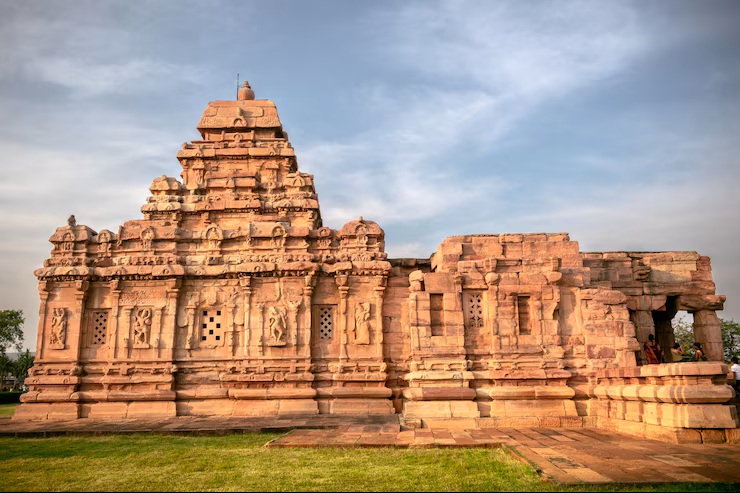
Plan Your Historic Escape to Pondicherry
Conclusion:
Where History Meets the Sea Pondicherry is a vibrant blend of ancient dynasties, colonial influence, and cultural richness. From Roman trade links and Pallava temples to Chola power and French architecture, each era has left its mark. Today, the city stands as a living testament to its layered past. Whether you’re exploring heritage streets or historic ruins, Pondicherry invites you to walk through centuries of timeless stories.
FAQs (Frequently Asked Questions)
Yes, they are close by and can easily be covered in a single day.
Visit the lighthouse in the morning (7–11 AM) and Paradise Beach in the afternoon (12–5 PM).
Drive to Chunnambar Boat House (15 mins) and take a ferry to the beach.
Yes. Lighthouse: ₹10–₹20; Paradise Beach: ₹150–₹300 (via ferry).
Bring sunscreen, water, sunglasses, beachwear, snacks, and cash for tickets.
You May Also Like

History of Pondicherry: A Journey Through Time
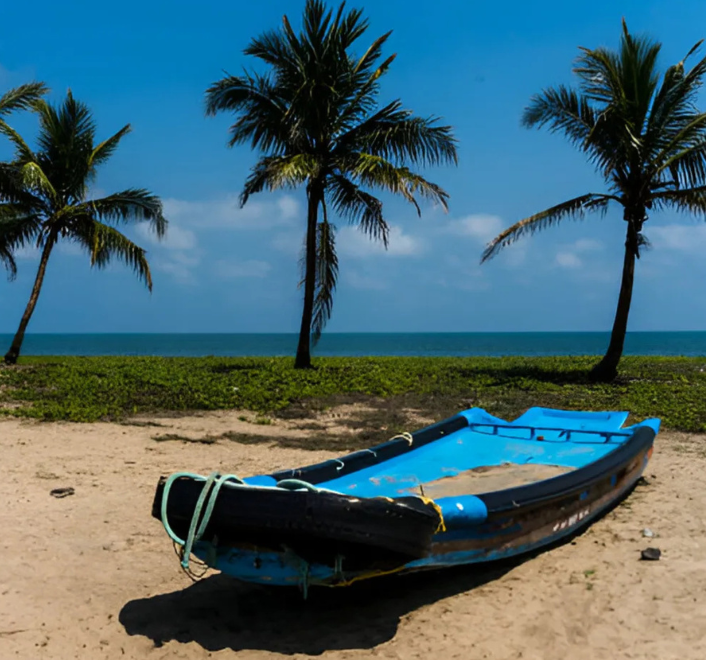
Boating in Pondicherry: Best Spots & How to Plan Your Ride

Best Lake Sanctuary in Pondicherry to Explore Wildlife



